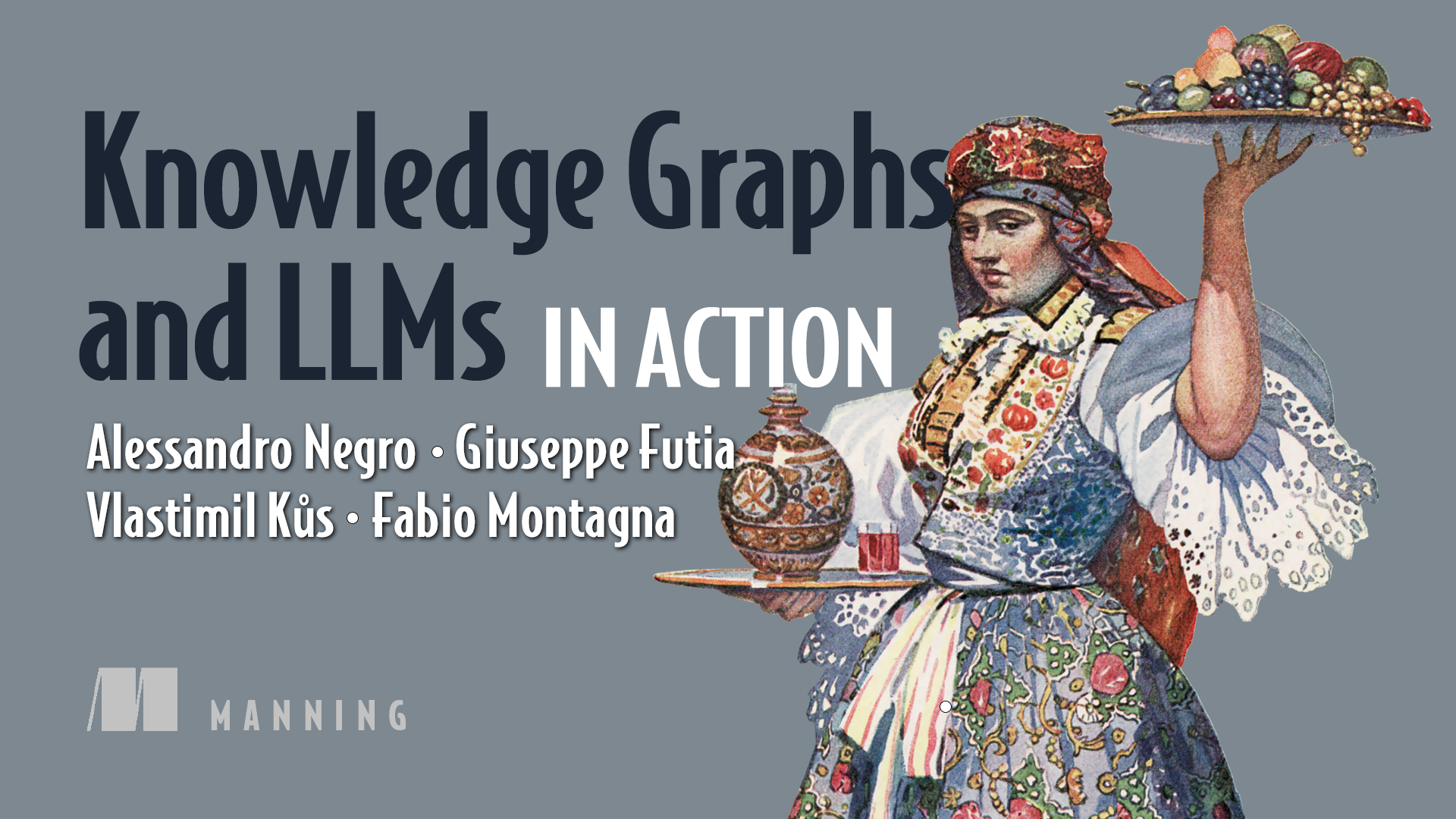
forewords
Working with graph neural networks and large language models over the years has taught me that each technology has profound strengths and equally profound limitations. Graph neural networks excel at understanding structured relationships but struggle with natural language interfaces. Large language models can engage in sophisticated conversations but frequently hallucinate facts and lack reliable grounding in structured knowledge.
Knowledge Graphs and LLMs in Action tackles an important challenge in AI: how do we combine these technologies to build systems that are both intelligent and trustworthy? Alessandro Negro, Giuseppe Futia, Vlastimil Kůs, and Fabio Montagna don't just theorize about this convergence; they provide practical recipes for making it work. Their approach bridges the gap between the precision of knowledge graphs and the accessibility of natural language, creating systems that can reason over complex data and explain their conclusions.
What impressed me most about this work is its rare emphasis on real-world implementation. The authors walk you through building knowledge graphs from messy, unstructured data and then show how to integrate them with language models for applications in healthcare, law enforcement, and beyond. The examples are concrete and the code is production-ready, making this both a learning resource and a practical guide.
